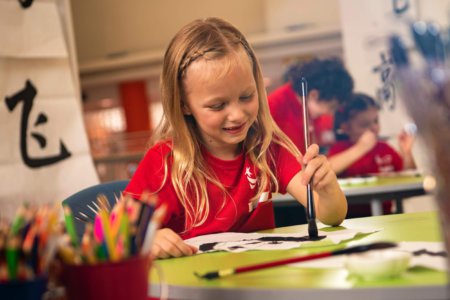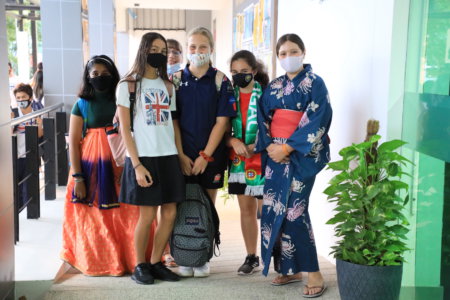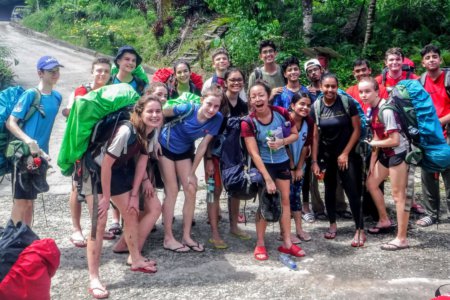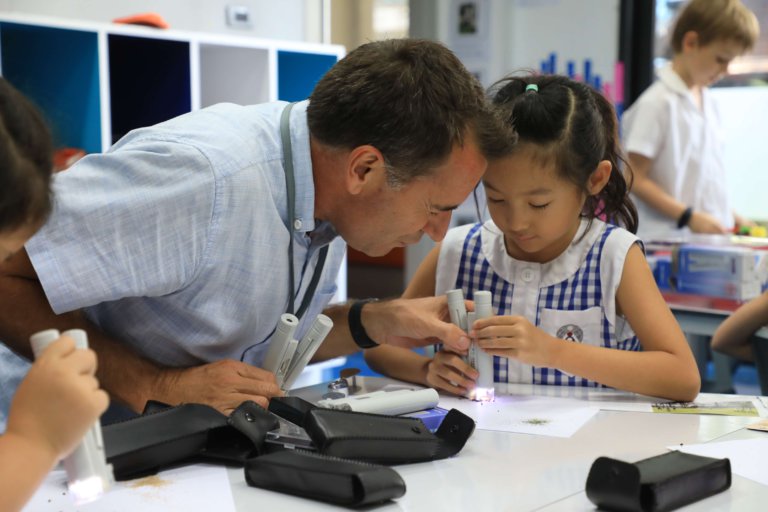
International schools in Asia attract expatriates seeking an enriching environment for their children. These children require a home away from home; somewhere they can gain a solid foundation from which they may grow into their best selves. Educators know that the early years are a crucial time to begin this holistic journey. As understandings of pedagogic practices evolve, though, how can parents zero in on the school that is best for their child?
In “Students at the Center,” teachers Bena Kallick and Allison Zmuda make the case for personalised learning in schools. Tailoring teaching to each student’s needs and skills allows them to chase their curiosities, sparking passion and purpose from within. It also allows for accelerated learning in a multisensory environment where students activate their own lessons. In this way, personalising teaching allows teachers to identify potential in students early on, then harness their natural talents into skills. All these empower students to direct their own progress throughout their education journey, creating learners that are confident and independent in the later years.
Another key component of holistic learning is stability. One way for parents to create a familiar environment is to allow children to progress through different stages of education in the same environment. Committing to one school for the entire K-12 journey allows learning to progress smoothly. Plus, children forge lasting friendships that set the tone for healthy social engagements in the future. In a supportive community of educators and peers, this can result in a sense of security and happiness, which is conducive to a child’s development.
Knowing all this, wouldn’t you like for your child to settle in a school that sets them up for future success? Here are three international schools in Asia that fit the profile.
BANGKOK PATANA SCHOOL
Located less than 30 minutes by car from the city centre, Bangkok Patana School combines blended and holistic approaches to nurture creative, mindful thinkers that take charge of their own learning. In the Foundation Stage (FS), children aged two to five learn language primarily through play, which brings out their confidence and independence through exploration.
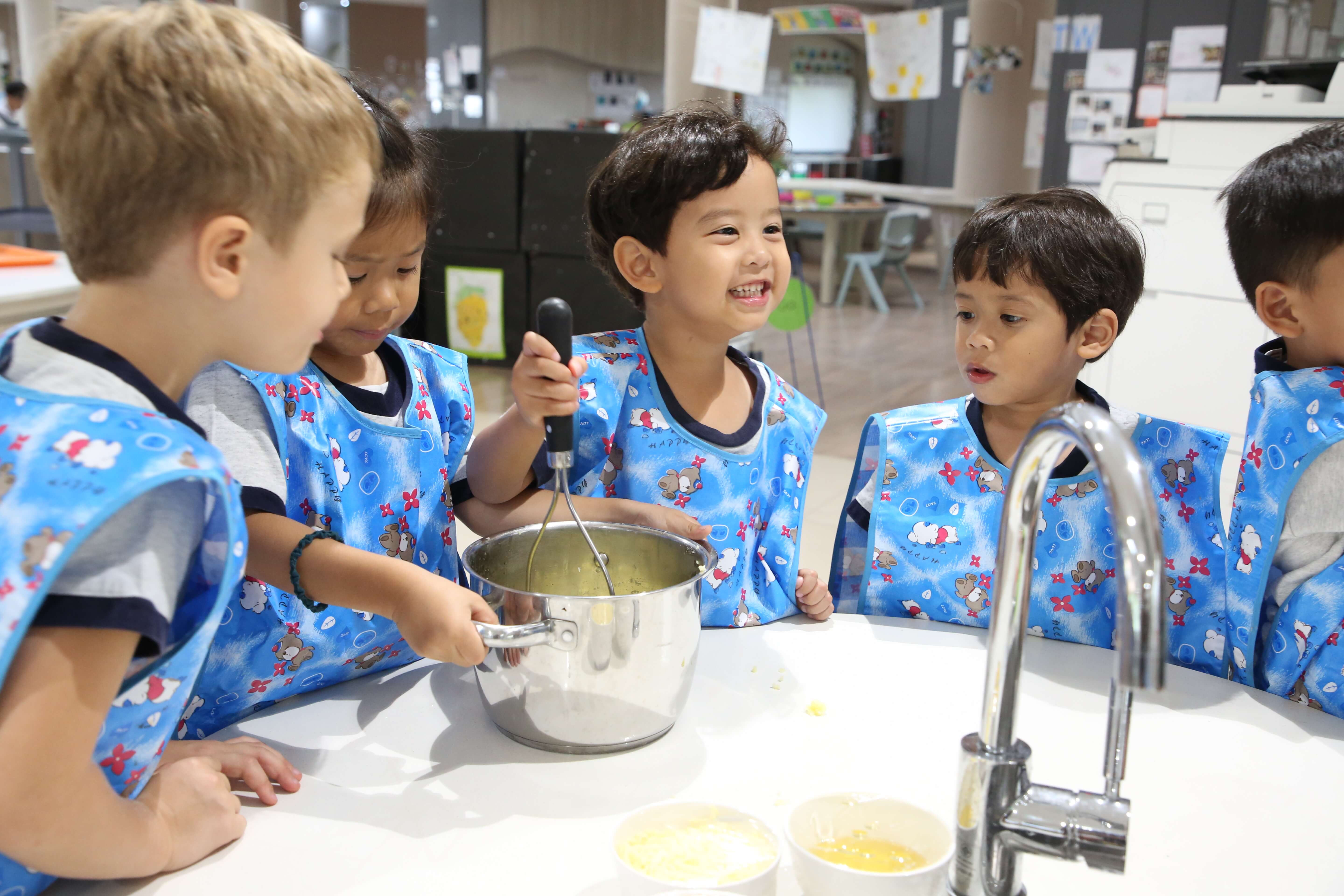
Source: Bangkok Patana School
“If a child comes into school and spots a snail in the garden and that captures their interest, then we learn about snails and make snail habitats. It is very much about learning ‘in the moment’ and capturing their curiosity,” explains Sarah Gaughan, FS Leader of Learning and Strategic Development. Language is a critical tool in this guided exploration. Children learn to communicate through creative storytelling, and even improve cognitive function by practising sign language.
Teachers here don’t merely give directions but work alongside the child in an open classroom. This encourages children to find meaning and value in their interests, which in turn gives them the confidence to share ideas and thoughts. Instead of focusing on reading, writing, and math, FS learning is built on personal, social, and emotional development; communication, language, and literacy; as well as physical development. Together, these elements equip children for years of growth ahead.
At this stage, though, the world is quite literally their playground. Children learn about physics by building obstacle courses. They express themselves with outdoor musical instruments. They dress up as superheroes if there’s a cape around. “It comes down to them using their imagination and developing their thinking themselves rather than having adults tell them what we want them to think,” says Gaughan, highlighting the true purpose of early years education. To learn more about Thailand’s oldest and most respected British international school, click here.
JERUDONG INTERNATIONAL SCHOOL
Brunei’s leading British international school is a green, clean and safe haven for children. For decades now, it has provided a respectful, welcoming space for students who are new to the country. Adapting to a new school can be tough on children; that’s why the staff here take time to learn the background of each new student and ensure they settle into their second home.
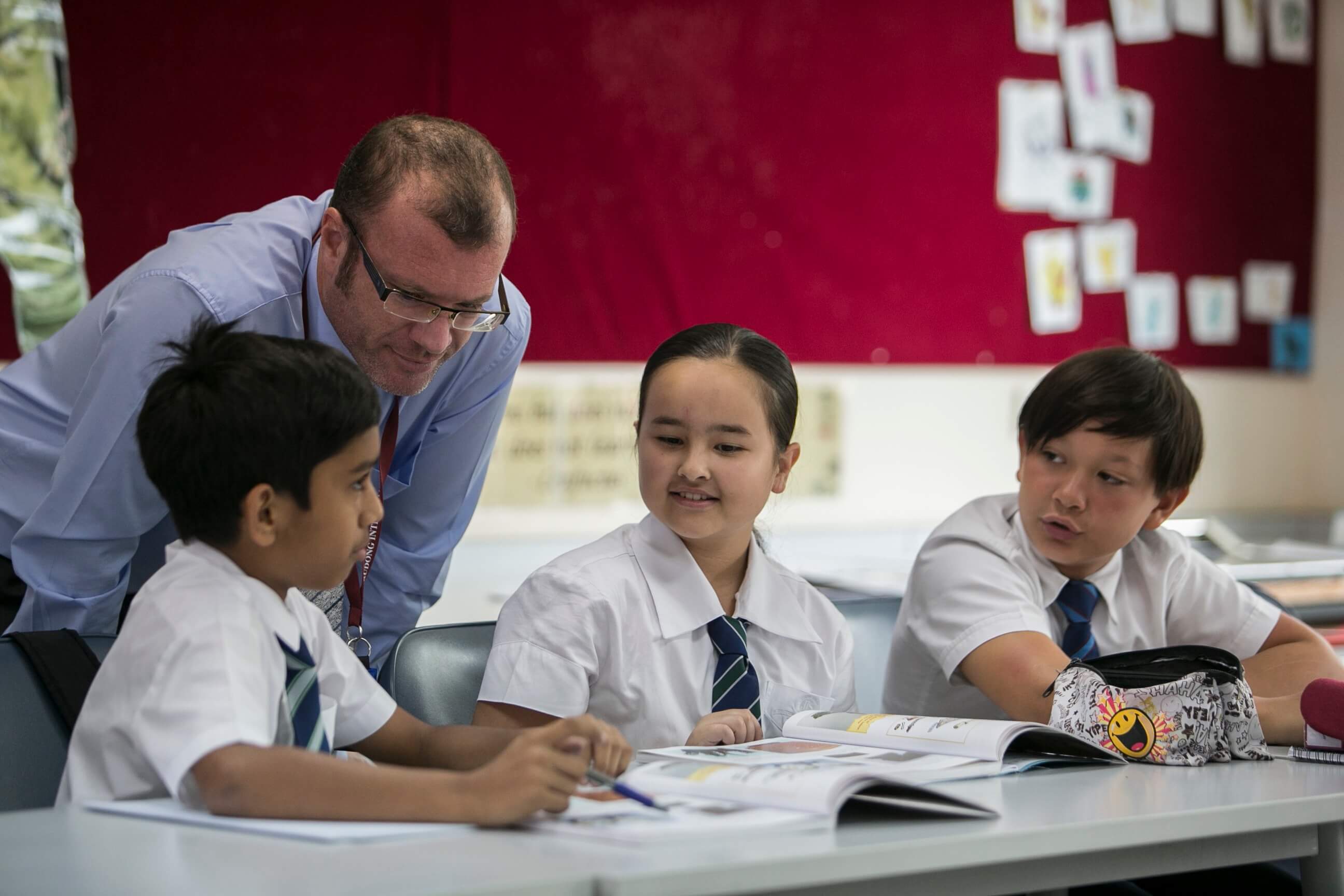
Source: Jerudong International School
Junior Years at Jerudong International School comprises nursery, kindergarten, reception, and Years 1 to 6. The curriculum begins with the Early Years Foundation Stage (EYFS) from the UK, which covers nursery, kindergarten, and reception. Students are nurtured to begin speaking, writing, and reading through engaging language, arts, and science lessons throughout the day. Holistic development is the aim — teachers bring out the best in each child so they may sharpen their interests and skills, thus growing into individuals that enrich their community and contribute to the world.
As stated by a British Schools Overseas Inspection representative: “The quality of teaching and learning in EYFS is outstanding because of the detailed understanding that all teachers and support staff have about each student. This understanding is underpinned by a culture of high-quality care and respect that enables every student to flourish and grow.”
SINGAPORE AMERICAN SCHOOL
There’s a reason it’s known as the happiest place on the little red dot. At Singapore American School (SAS) in Woodlands, the American spirit encourages students to dream up their own possibilities from a young age. It’s therefore only natural that SAS commits to personalised learning, even emphasising concept-based and inquiry-driven learning in the early years, from kindergarten to fourth grade.
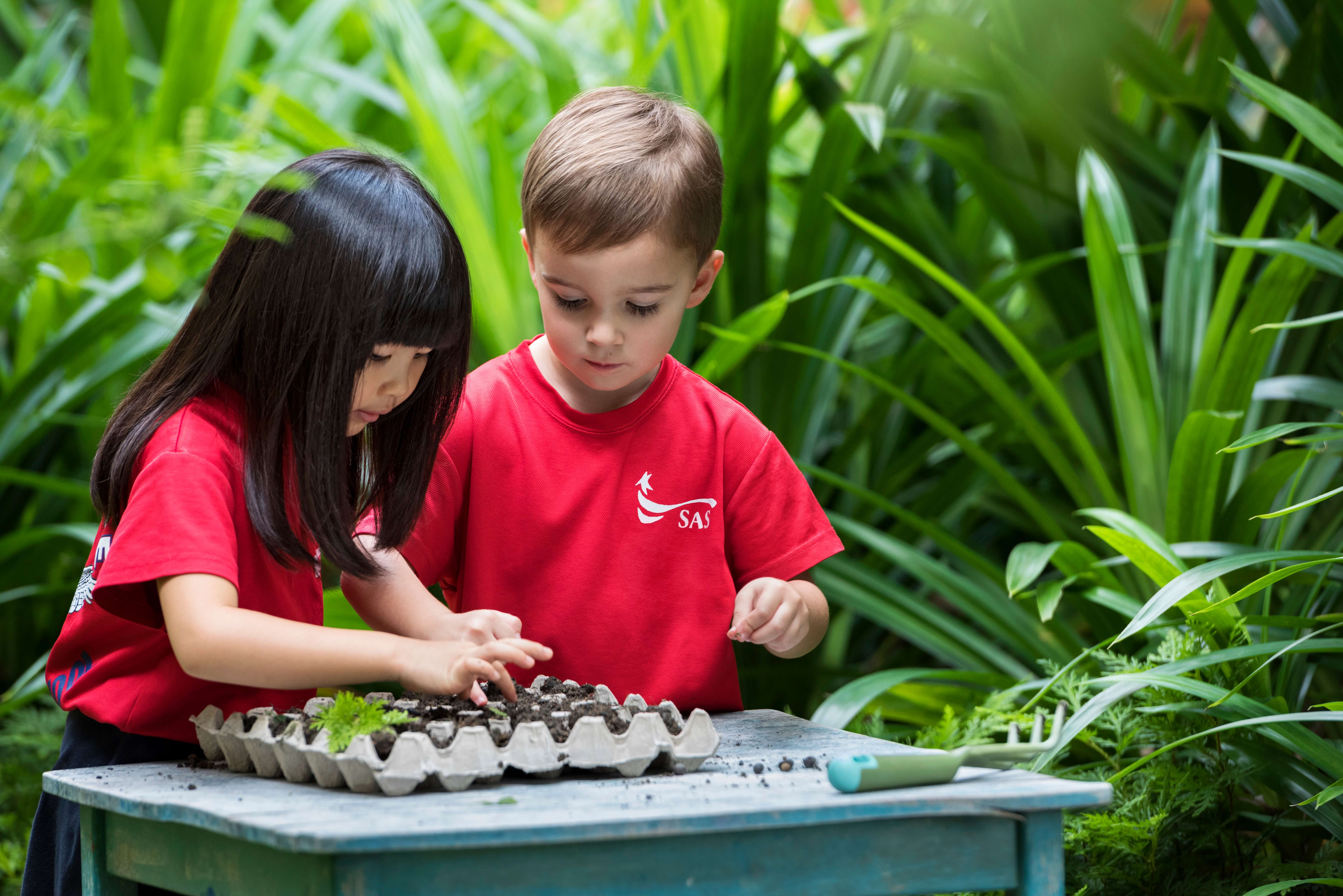
Source: Singapore American School
In the Early Years Programme, teachers ensure young learners’ days are filled with wonder, discovery, creativity, and excitement. This is typically done at the Early Learning Centre, where teachers design lessons and activities around the interests of their students. “When our Early Learning Centre students explore the school’s eco-garden, create a papier-mâché volcano, or watch a caterpillar turn into a butterfly, they discover that their interests and questions can guide their learning,” SAS superintendent Tom Boasberg muses.
Language plays a significant role in learning here, too. Take the Chinese Immersion programme, for example, where young children go beyond learning the language — they use the language for learning. By mastering written and spoken Mandarin and English, they create a foundation from which they can grow to become engaged, global citizens.
*Some of the institutions featured in this article are commercial partners of Study International








